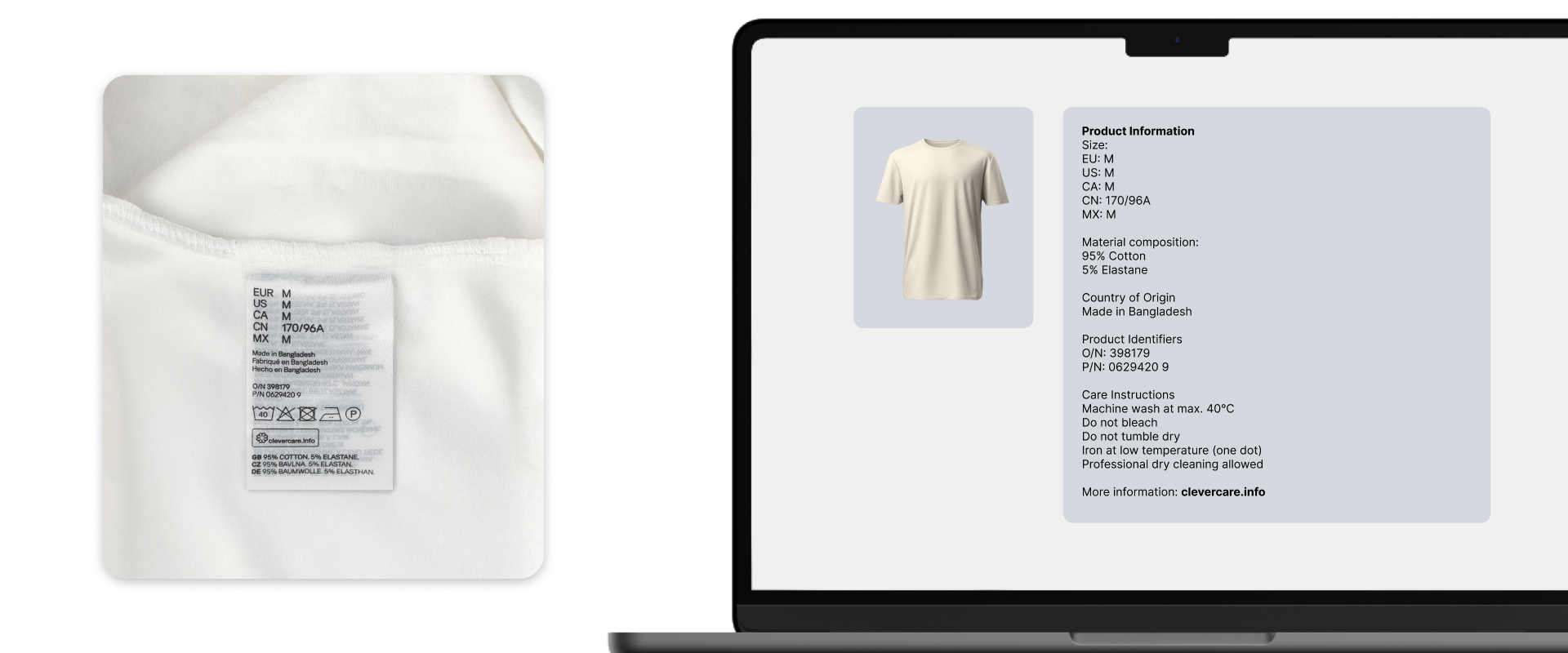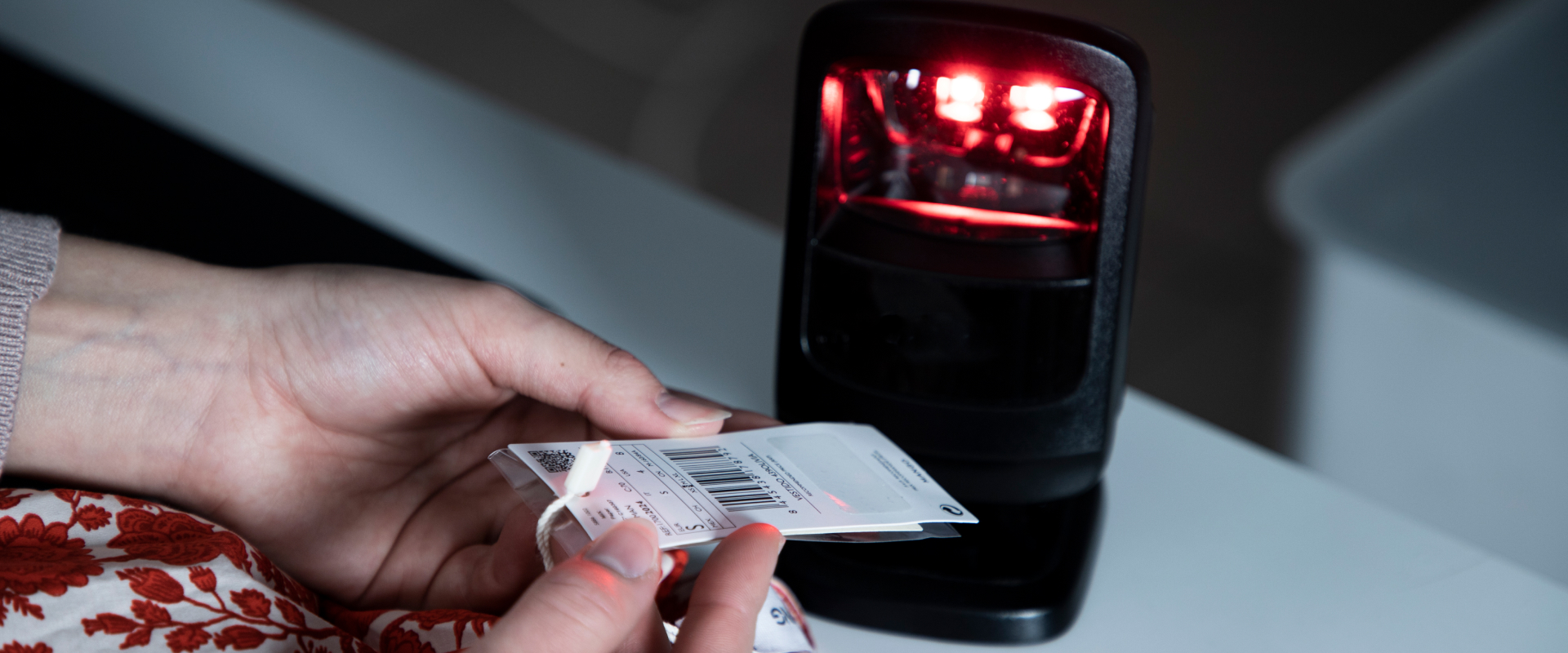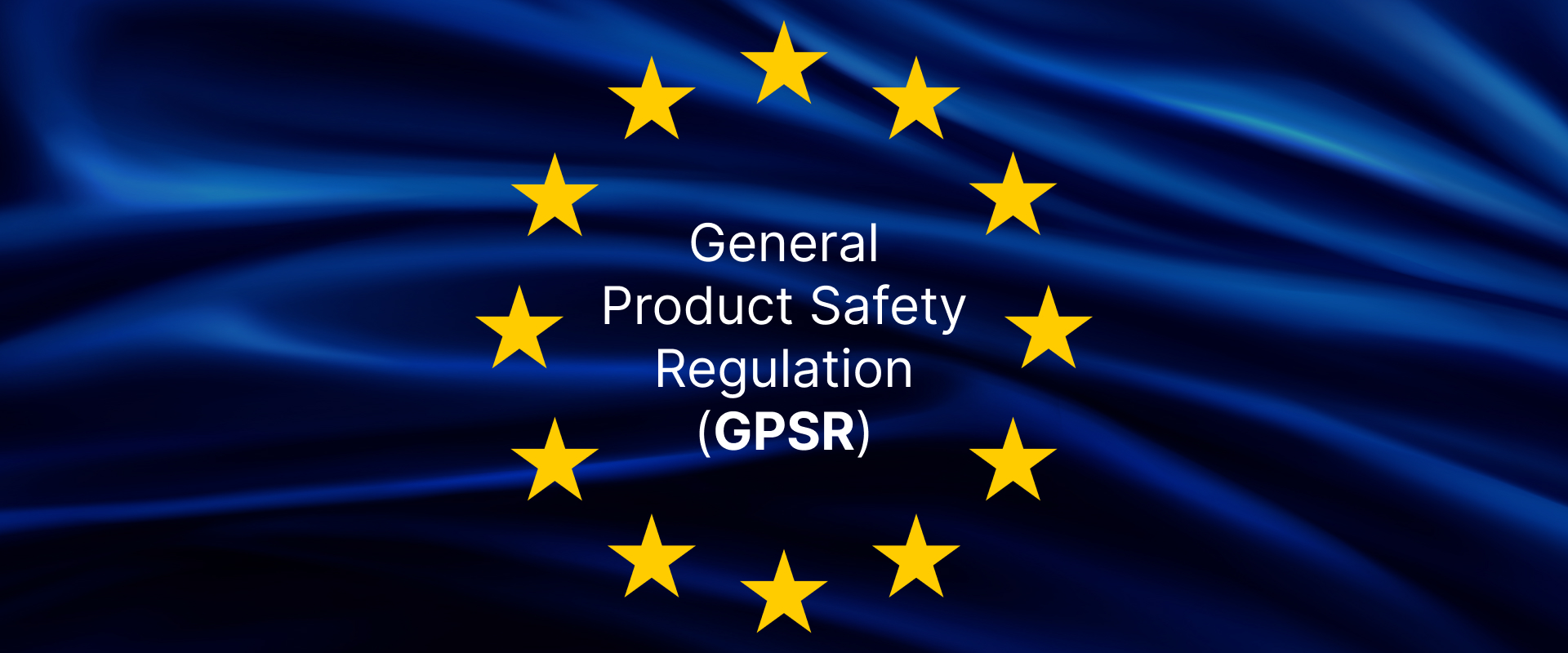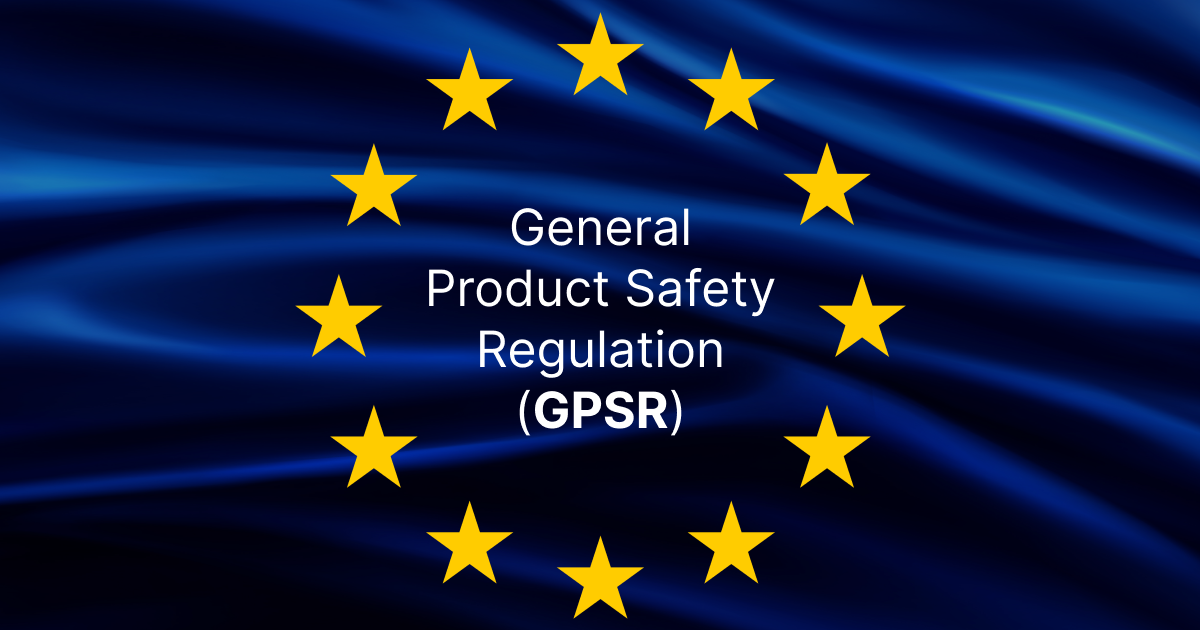EU’s General Product Safety Regulation (GPSR): what it means for online sellers and product content
The European Union is changing the rules for product safety. On December 13, 2024, Regulation (EU) 2023/988 of the European Parliament and of the Council came into force, at the same time, replacing the General Product Safety Directive (GPSD) from 2001.
This isn't just another law. The General Product Safety Regulation (GPSR) is a new safety framework designed for today's consumer market, particularly in light of the growth of online sales, digital marketplaces, and cross-border e-commerce.
In this article, we'll explore what's changed with the GPSR, why it matters for e-commerce businesses, and how product photography can help you meet compliance requirements efficiently.
Why did the EU create the GPSR?
If you sell consumer products into the EU, EEA, or Northern Ireland, the GPSR will affect how you label, document, present, and monitor your products. UK businesses that export to these markets must also comply with these new requirements.
And here's the interesting part: while the GPSR is product safety legislation, much of it comes down to how products are shown online. This directly connects to product photography and content automation.
The new regulation has two main goals:
- Protect consumers: Ensure all consumer goods on the EU market—whether sold in stores or online—are safe and that market surveillance authorities can effectively monitor compliance.
- Level the playing field: Prevent unfair competition by requiring the same safety and transparency rules for all sellers, from global brands to sole traders running small e-commerce shops.
The GPSR applies to new, used, repaired, and reconditioned products placed on the market. However, it doesn't apply to products already covered by other specific provisions, like food, medicinal products, or antiques. Products intended for professional use may also have different requirements.
Products excluded from GPSR
Products subject to specific safety regulations:
- Medical devices
- Food and food contact materials
- Medicinal products
- Motor vehicles and their components
- Aircraft and marine equipment
- Genetically modified organisms
Other exclusions:
- Second-hand products supplied as antiques (if clearly stated as such)
- Products supplied for repair purposes only
What's new in the GPSR?

Now that we know the purpose of the GPSR and which products are covered by the regulation, it’s time to get to the core of this article. So, here are the most important updates businesses need to prepare for:
Clearer responsibilities for everyone in the supply chain
The GPSR defines the roles of manufacturers, importers, distributors, and online marketplaces as economic operators. Each now has specific duties, including:
- Manufacturers must design safe products, perform comprehensive risk assessments, and provide traceability information.
- Importers must verify compliance before placing products on the market and ensure that clear instructions are provided to consumers.
- Distributors must refuse to sell goods they have reasonable grounds to believe are unsafe products.
- Online marketplaces must block listings that lack minimum safety details and act quickly on product recalls. They also serve as a crucial link for market surveillance authorities.
- Fulfillment service providers now have new obligations when handling products for third-party sellers.
Why does this matter for product photography? Sellers will need to capture and display compliance information, like labels, warnings, and identifiers, consistently in their product images to demonstrate that the product conforms to safety requirements.
Important: It’s worth noting that it may not be sufficient to capture a product identified with a barcode just once. The product may change from batch to batch. Take a bottle of wine: the same barcode can conceal different vintages, with varying alcohol contents, certifications, and warning labels, among other details.
Stronger safety & traceability standards
Products must now include:
- The manufacturer's name, postal address, and electronic address (email or online contact form)
- An authorised representative within the EU if the manufacturer is based outside the region
- Warnings and safety information in a language the consumer understands
- Product identifiers, such as a type, batch, or serial number, for precise identification
- Clear indication of whether the product presents any serious risk or if it poses risks under normal use
For e-commerce: This means that visual evidence of compliance (clear packaging shots, close-ups of serial numbers, suitable warnings) is becoming as important as lifestyle or marketing photos. Market surveillance authorities need this information to effectively monitor the consumer market. This also means businesses must report safety issues within 2 days via the EU’s Safety Gate system.
Digital-first product listings
One of the regulation's biggest changes is that it was written with digital sales channels in mind.
- Online marketplaces like eBay or Amazon must ensure that no listing goes live without traceability data
- Sellers must make safety information available both digitally and on paper
- The product's presentation and appearance are now part of its safety assessment (e.g., child-appealing or food-imitating designs)
- Non-compliant products must be immediately removed from sale
For sellers: Your product visuals and descriptions aren't just for marketing—they're compliance documentation. Photography automation can help you ensure consistency across hundreds or thousands of product lines while meeting these new obligations.
Product recalls: faster and clearer
If dangerous products are identified:
- Consumers must be contacted directly and clearly, using a standard EU recall notice template
- Businesses must offer corrective actions: repair, replacement, or a refund
- An unsafe product flagged in one EU country is now considered unsafe across the entire European Union
- The rapid alert system helps enforcement authorities coordinate responses quickly
- Notices temporarily ban non-compliant products from the entire market
Here, archived product visuals are crucial. The seller must identify whether the recall of a specific production batch applies to the products they sell. Therefore, photographing and archiving photos of each delivery batch is important for the seller. Sellers who use automated photography workflows will be able to flag dangerous products much faster.
How automated product photography helps with GPSR compliance

The GPSR makes it clear that visual product content is central to general product safety and compliance. Businesses need consistent, accurate, and traceable product images to meet these new obligations. Manual photography often struggles to deliver this at scale, especially when such monitoring requirements are extensive.
Here's where automated product photography provides a strategic advantage:
Capturing compliance visuals with ease
Automated setups allow businesses to consistently document product identifiers, safety labels, packaging, and warnings, ensuring nothing is overlooked in online listings. This helps demonstrate that products intended for consumer use meet all safety requirements.
Ensuring standardization across sales channels
With multiple marketplaces and e-commerce platforms, automation reduces errors and guarantees every product is presented with the same quality and compliance data across the consumer market.
Archiving imagery for recalls and audits
Having a reliable archive of high-resolution images makes it much easier to identify affected items, notify consumers, and authorities quickly in the event of a product recall. This improves both compliance and consumer protection while supporting market surveillance efforts.
Balancing speed with accuracy
Automated workflows speed up content creation while reducing the risk of human error. This helps companies launch products faster without sacrificing regulatory compliance or creating situations where such risks to consumers could arise.
Supporting risk assessment processes
Clear, standardized product images help businesses and authorities better evaluate whether a product presents any safety concerns before it reaches consumers.
Label verification and automated data extraction
High-quality, standardized product images enable automated systems to scan and extract critical compliance information directly from product labels. Modern image recognition technology can read manufacturer details, safety warnings, batch numbers, and regulatory symbols from product photos, then automatically populate this information on product detail pages (PDPs). This ensures that all required GPSR information is consistently displayed across online marketplaces, making compliance verification faster and more reliable for both sellers and market surveillance authorities.
Final thoughts on GPSR & further guidance
The GPSR is more than just new product safety legislation. It's a push toward greater transparency and consumer trust in an increasingly digital marketplace. For businesses, however, this compliance is about proving reliability in a competitive online environment.
The European Commission has made it clear that consumer protection is a priority, and market surveillance authorities now have stronger tools to identify and remove unsafe products from the market. Whether you're selling gym equipment, consumer electronics, or household items, you have to understand these new requirements to stay relevant.
What to do next?
For further information and guidance on specific requirements, businesses should consult with the relevant national authorities in their target markets. The UK government provides resources for UK businesses, while EU member states offer support through their respective enforcement authorities.
When compliance becomes part of great product presentation, that's when trust can lead to sales. Companies that integrate safety requirements into their visual content strategy will find it easier to demonstrate that their products don't pose risks to consumers while maintaining appeal in the marketplace.
Automation plays a vital role in making this practical. Businesses that use automated systems for product photography, digital content, and streamlined compliance processes will find it easier to stay ahead of regulatory changes while maintaining speed to market.
After all, in a world where non-compliance can result in notices temporarily banning products or other corrective actions, proactive compliance through better product presentation isn't just smart business—it's essential.
For more information, check out the official General Product Safety Regulation page.
This blog post is provided for informational purposes only and doesn’t constitute legal advice. If you have questions regarding laws or regulations that apply to your product, please consult your legal counsel.
Articles you may also like

Businesses today face a constant challenge: effectively showing their products and assets. What you create or manage doesn't ...

Generative AI creates new visuals from scratch: imagined objects, places, and scenes. But product photography plays by differ...

Photographing tools and spare parts isn’t easy. The shapes are irregular, the surfaces reflective, and the sheer number of it...







